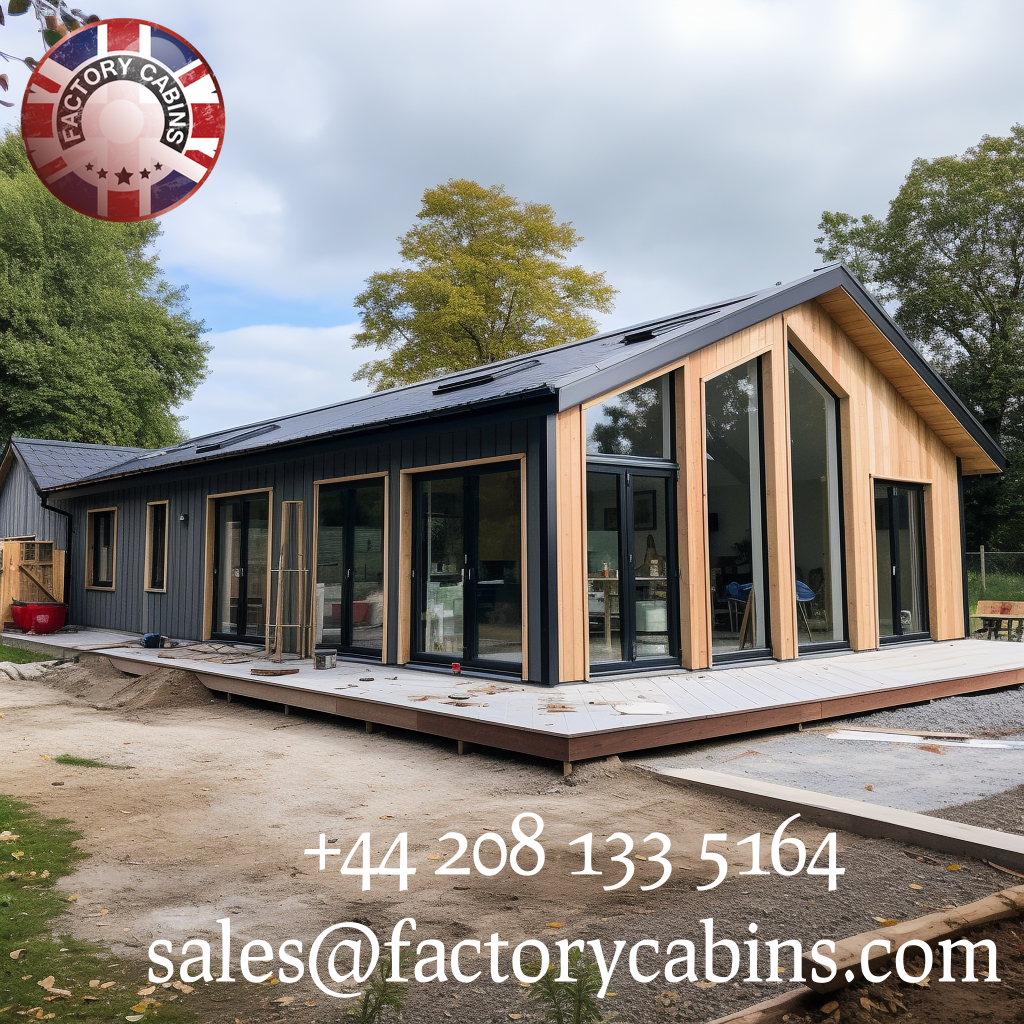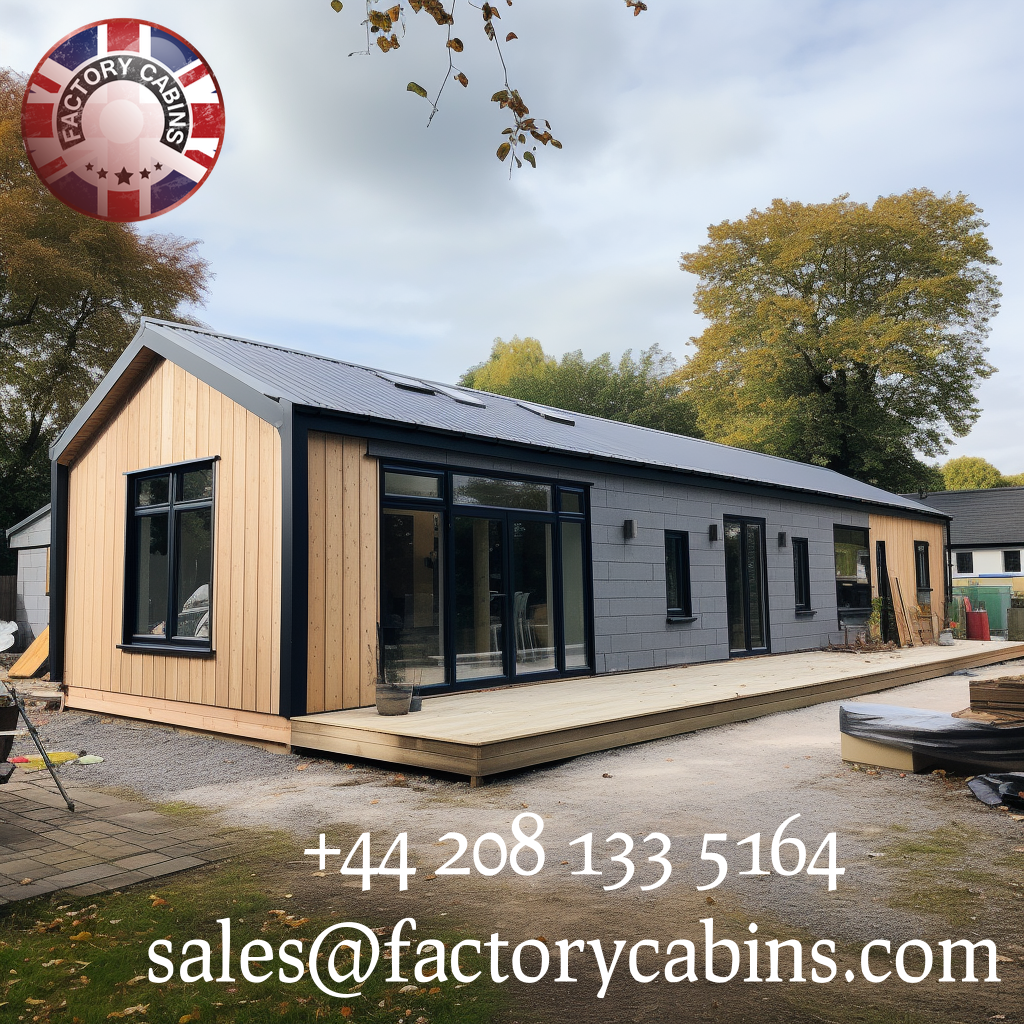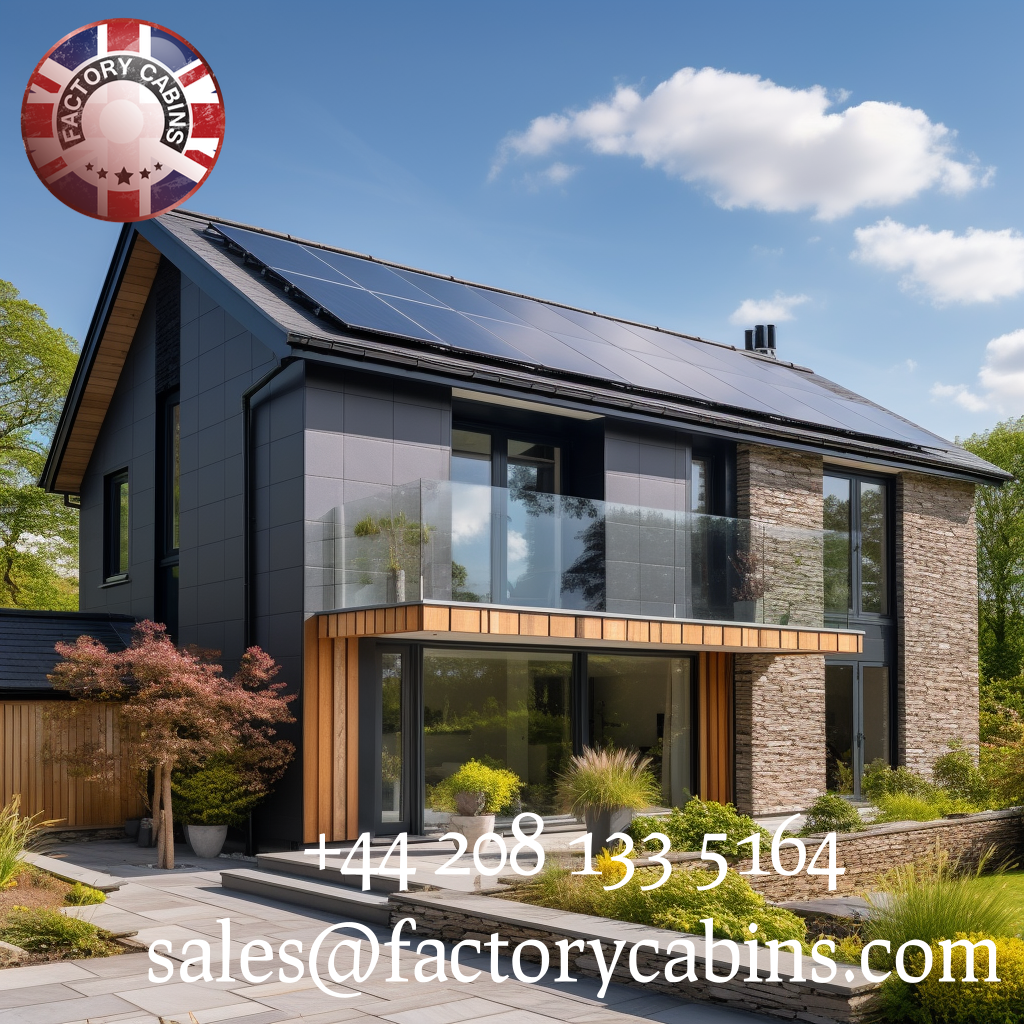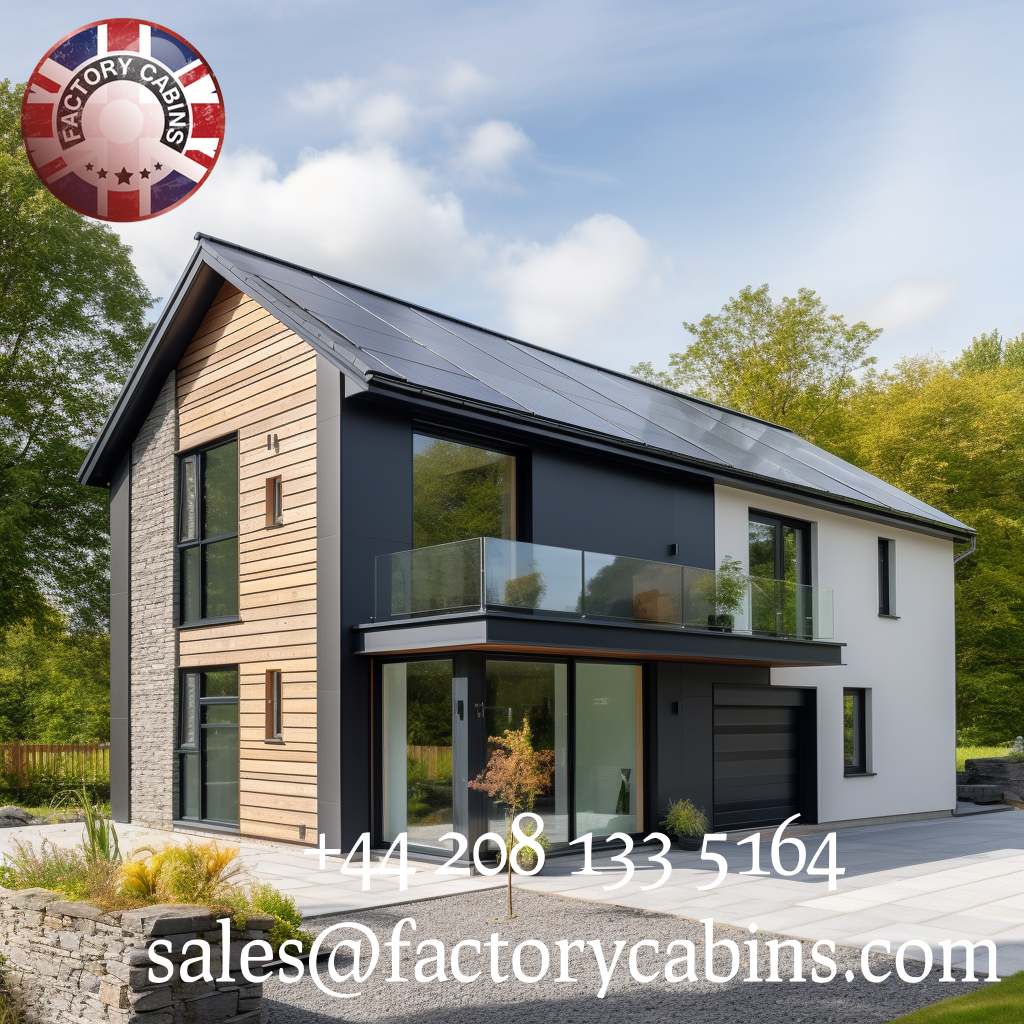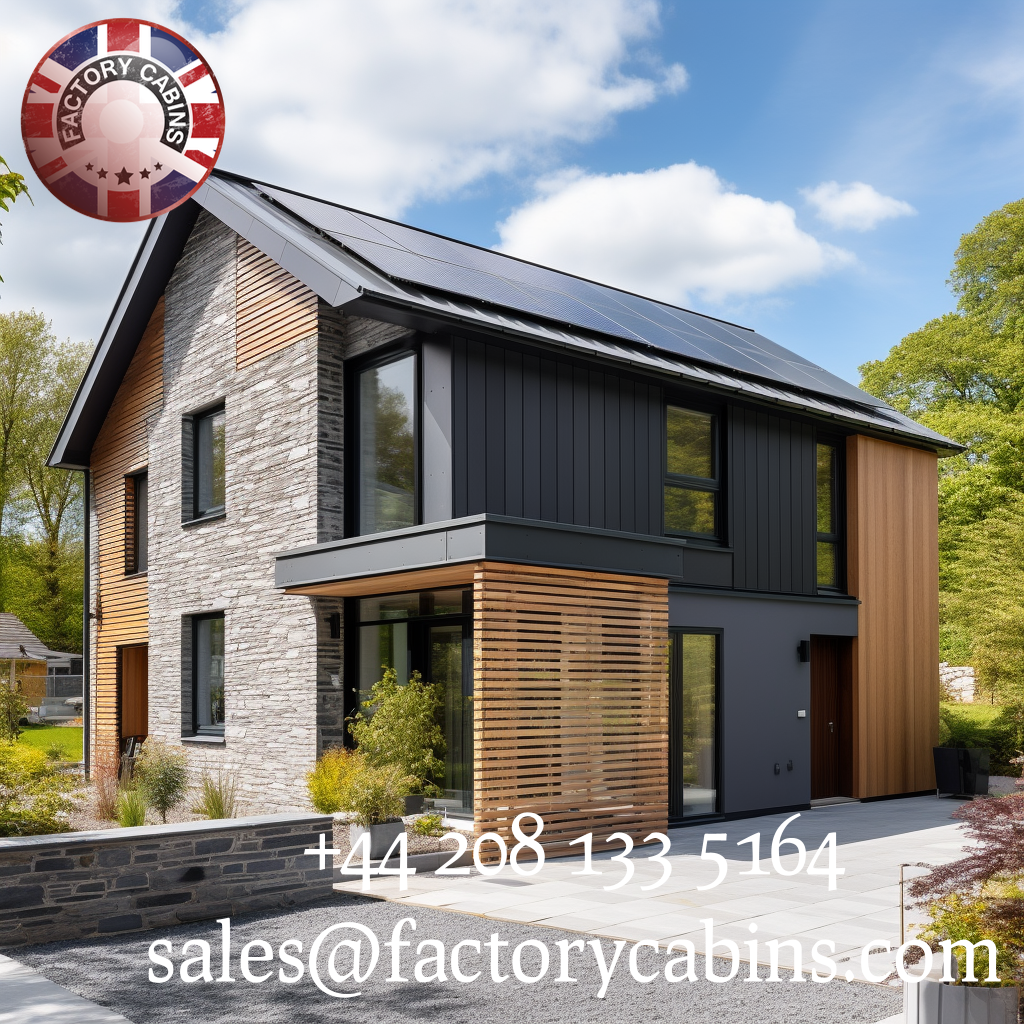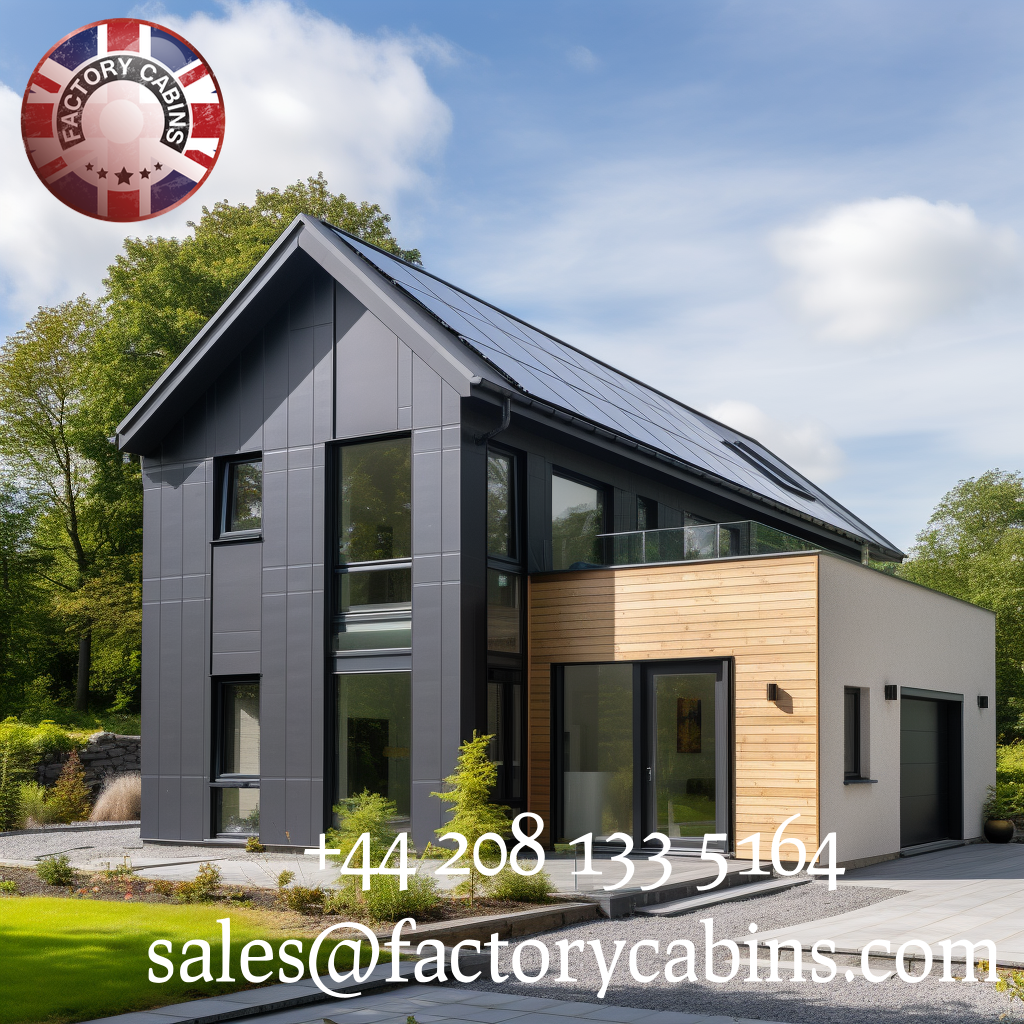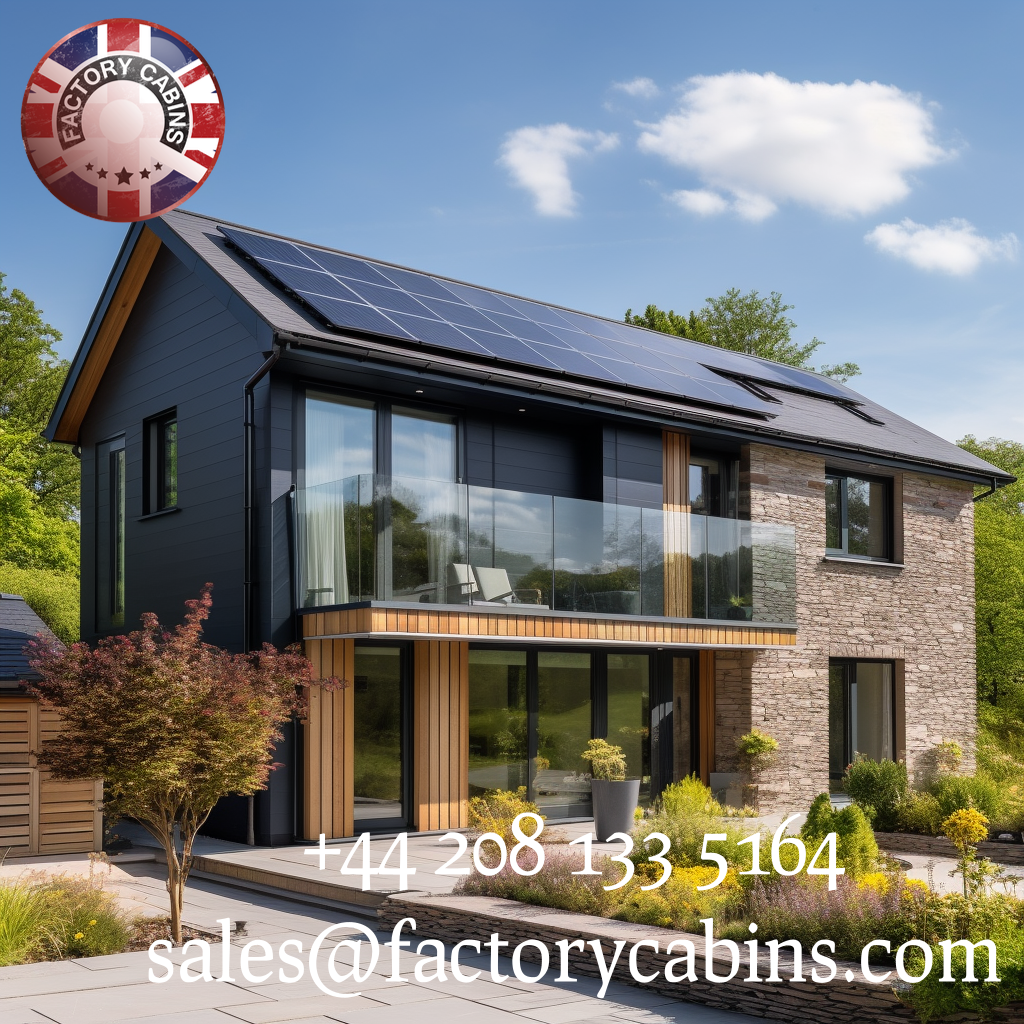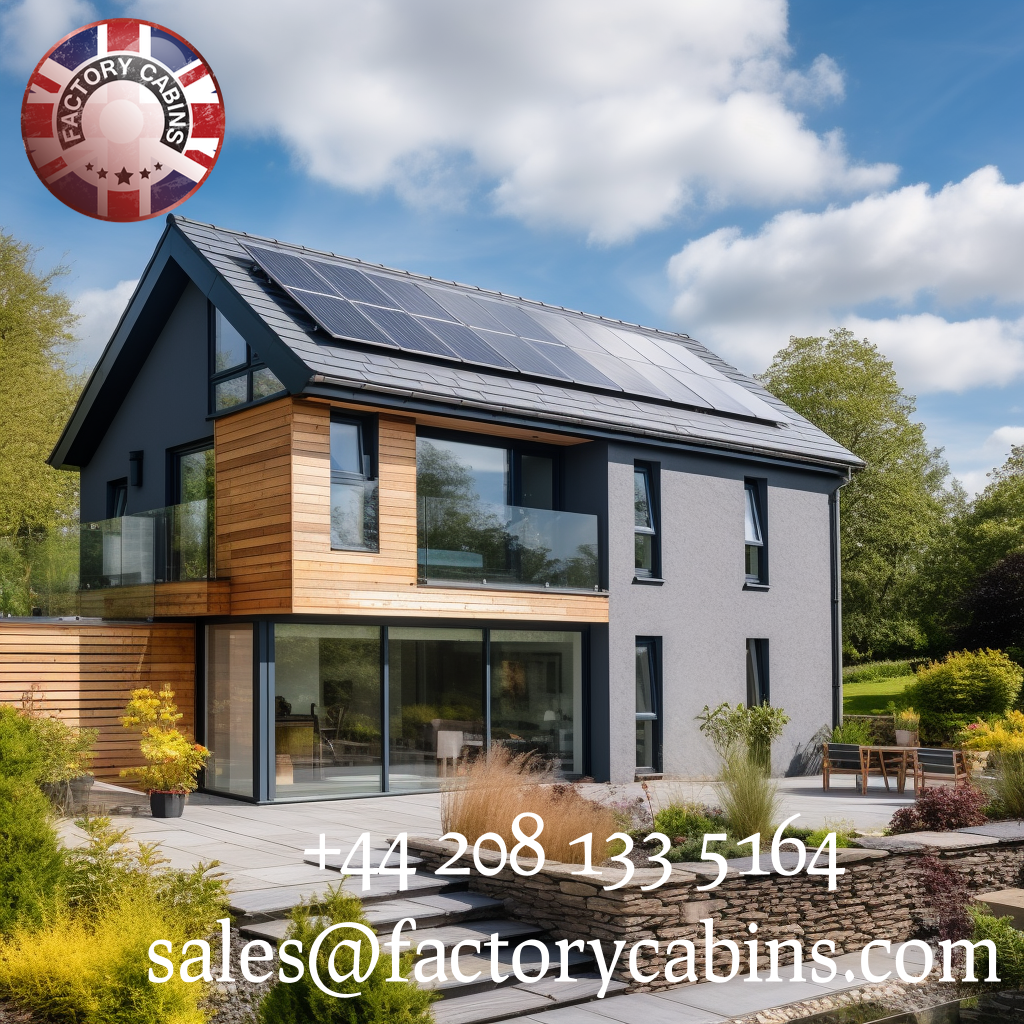
The thermal performance and energy efficiency of new brick buildings and fully insulated timber frame buildings differ dramatically. The article dives into the reasons why new brick projects frequently fall short in these areas when compared to their timber-framed equivalents. It is important to highlight that this debate does not explore any legal, ethical, or moral consequences; rather, it concentrates entirely on the technical elements of the problem.
To begin, the selection of construction materials is critical in determining a building’s energy efficiency. Brick buildings, despite their longevity and aesthetic appeal, have poor insulating characteristics. Bricks are dense and have a relatively large thermal mass, which means they can absorb and hold heat. However, this same quality works against them in terms of energy efficiency. During hot weather, brick walls can absorb and reflect heat into the building’s interior, raising internal temperatures and increasing dependency on cooling equipment.

Timber frame constructions, on the other hand, take advantage of the natural insulating characteristics of wood. Wood has a lesser thermal conductivity than brick, which means it does not transport heat as easily. Because of this intrinsic feature, timber-framed constructions are more effective at keeping a steady indoor temperature. Furthermore, timber framing allows for the insertion of insulation materials within the walls, producing a barrier that limits heat transfer between the interior and outside environments. As a result, these buildings demand less energy for heating and cooling, contributing to increased energy efficiency.
The construction approach itself contributes to the variations in thermal performance. Brick buildings are built using traditional masonry techniques that entail laying individual bricks with mortar. This procedure can result in gaps between bricks through which heat can penetrate, resulting in thermal bridging. These gaps can impair the insulation of the building envelope, making it less effective at preventing heat exchange. Timber frame buildings, on the other hand, can be precisely built to minimise such gaps, ensuring a more continuous and effective insulation layer.

Furthermore, the design freedom of timber frame construction allows for the incorporation of sophisticated insulating materials. Modern insulation materials, such as rigid foam boards and spray foam, can be smoothly incorporated into timber frame constructions, providing better levels of heat resistance. Because of construction limits, these materials are frequently difficult to retrofit into existing brick buildings. Timber frame buildings have a distinct advantage in terms of adapting to evolving insulation methods due to their design versatility.
Another critical issue is building pace. Brick buildings, due to their labor-intensive nature, might take longer to finish, thus delaying the project timeframe. Timber frame buildings, on the other hand, may be erected faster, decreasing construction time and expenses. This efficiency not only allows for faster occupancy but also reduces the environmental impact of building activities.
This amazing timber-framed, highly insulated house below, if timber frame, with a external brick cladding system, which means, fireproof, long term wear, rain , waterproof, and also combines as insulation as well. What your looking at is an A rated highly green house, that saves you thousands in energy bills.

In conclusion, a variety of factors, such as material qualities, construction techniques, and design flexibility, contribute to the thermal efficiency of contemporary brick structures when compared to fully insulated timber frame buildings. Despite having advantages in terms of strength and beauty, brick buildings are not as energy efficient as timber-framed ones. It is important to note that these observations are based simply on technical concerns and do not go into ethical, legal, or moral issues.
Thank you for reading our article. if you would like any further help, please call
+44 208 133 5164
sales@factorycabins.com
